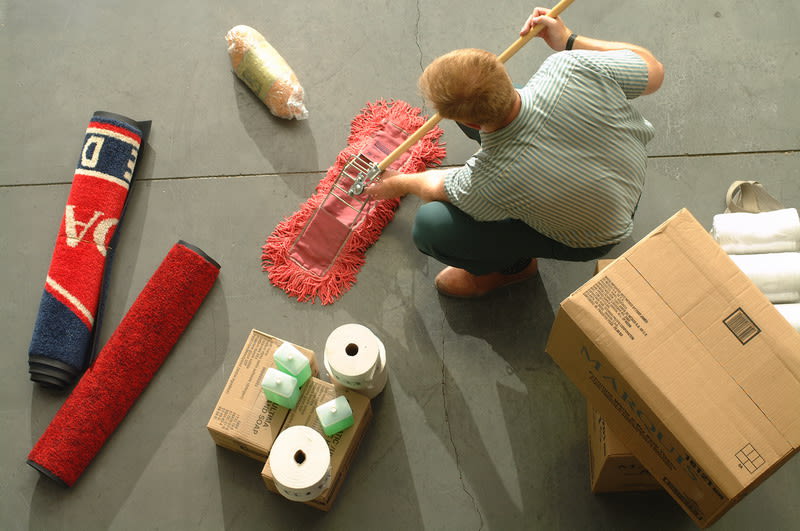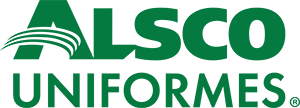Occasionally, you encounter a piece of technology that hasn't changed much since its inception. The wet mop is one such item. Wet mops, sometimes referred to as string mops, have been around for decades because they work better than other options when you have a heavy job to do. Sometimes there is no substitute for a wet mop that pulls up even the toughest grime with ease. The best mop for tile floors might depend on the substance that needs to be cleaned up, so do your research and find the perfect mop for the mess.
On the market today, there are three kinds of mops: dry (dust) mops, microfiber mops, and wet mops. Each one has a specific purpose. This post explains why wet mops are still the best choice for heavy jobs by detailing how each mop works. For reviews on the Top 10 best mops, check out this article by Best Products Pro!
Dry (Dust) Mops
The terms "dust mop" and "dry mop" are used interchangeably to describe the first kind of mop. In this post, we will refer to it as a dry mop. We like that term because it describes this wonderful cleaning tool's intent. As the name suggests, you do not use water or cleaning solution with a dry mop, or even use a steam mop!
Dry mops are a combination of dust brooms and rags. There are a couple reasons you may want to use these mops. You may be trying to pick up surface dirt and debris. If there are no serious stains or heavy spills to deal with, water is not necessary. You can run a dry mop across the floor and be done quickly.

Dry mops are also ideal for floors that may be sensitive to water. These floors are hard to find in a commercial setting, but they do exist. You don't want to use a string mop and water on a wooden dance studio floor. Instead, use a dry mop for loose dirt and a microfiber mop for embedded dirt or stains. Professional grade mops are designed to pick up and clean 25% more dust and dirt than household mops normally sold in retail stores. The more they are processed by a professional laundry, the better they perform.
Microfiber Mops
A microfiber mop also has a flat head, like a dry mop does, but it is smaller than a dry mop head. You attach a washable microfiber pad to the head before running the mop over the floor to pick up dust particles, loose fibers, and small debris particles. This mop can be used when it is dry or slightly damp.
Microfiber mops reduce water consumption and the need for harsh chemicals. By changing the pad with every use, they also help prevent cross contamination in sensitive environments. Healthcare settings are popular places for the microfiber mop.
Wet Mops
By now, it should be apparent that both dry and microfiber mops are great mops, but maybe not ideal for big spills. For example, neither mop would be a good choice for a restaurant's heavily soiled kitchen floor. The only kind of mop for that job is a wet mop. The same goes for cleaning heavily-soiled industrial floors, garage floors, and so on.
A wet mop that is constructed with dozens of looped-end strings of ultra-absorbent material. It is designed to do two things: put water on the floor and soak it up. This is the key to cleaning up heavily soiled areas. First, combine water with cleaning solution in a mop bucket. Then, use a wet mop to soak the floor and allow the cleaning solution to loosen the dirt. Finally, wring out the mop and soak up the soiled solution. You cannot do this with a dry or microfiber mop, which makes wet mops the best choice for heavy cleaning.
Alsco Linen and Uniform Rental Services provide all of these different mops at a low weekly price. All of these mops work best when laundered weekly to remove the dirt. Please contact us for more information.
